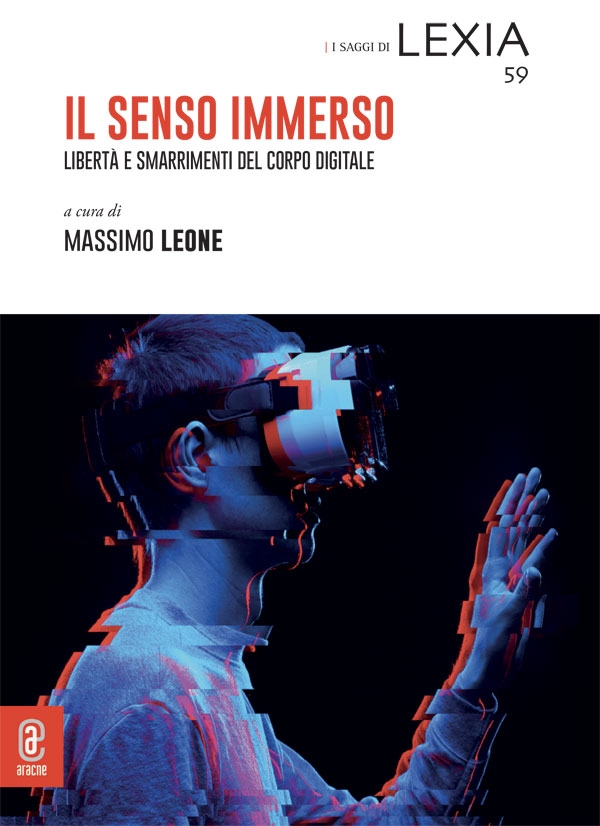Estratto dal volume Il senso immerso
Paradisi artificiali. Senso del morire e immersione nel mondo digitale
DOI: 10.53136/97912218165255
Pagine: 107-125
Data di pubblicazione: Febbraio 2025
Editore: Aracne
SSD:
M-FIL/04 M-FIL/05
The author examines Henri Corbin’s mundus imaginalis concept by contemplating the potential impact that digital technology and AI could have on how religions depict the afterlife. Recent studies on digital immortality suggest that we may be on the brink of a significant shift in our perceptions and attitudes towards death and dying. Throughout history, religions have held a significant influence on defining what happens after death. They have developed intricate belief systems and practices that offer meaning and a sense of continuity during the transition from one stage of the life cycle to another. Digital communication has the potential to overcome the barriers that historical religions have erected around the individual experience of dying and death. This is because it allows us to preserve the memory of a person in a suspended image visible in the clouds. It tames the idea of death and allows the person to continue to exist in a way. This image, even if built based on an algorithm, taking into account the religious orientations of a person, is configured within the limits that the person himself has left, as her/his clues, in the world of web life. Secondly, the digital language empowered by the AI suggests it is possible to communicate with the world of the dead as long as their traces remain impressed in that middle world, made of intangible materiality. The idea of achieving digital immortality can be seen as a new form of belief that exists between secularization and the post-secular age. People no longer believe in afterlife narratives from their respective religions. Still, instead, they believe that they can create an artificial paradise that is visible every time they turn on a computer or access an app on their smartphone. These considerations are derived from the secondary analysis of recent research conducted on religiosity in Italy, in particular on the theme of death and post-mortem, from which the growing distance emerges between the traditional Catholic imagination and the uncertain beliefs by especially the new generations, digital natives. It is a middle ground, where digital communication allows individuals to build a believable, and virtually acceptable afterlife with circles of followers who are on leave from historical religions.


